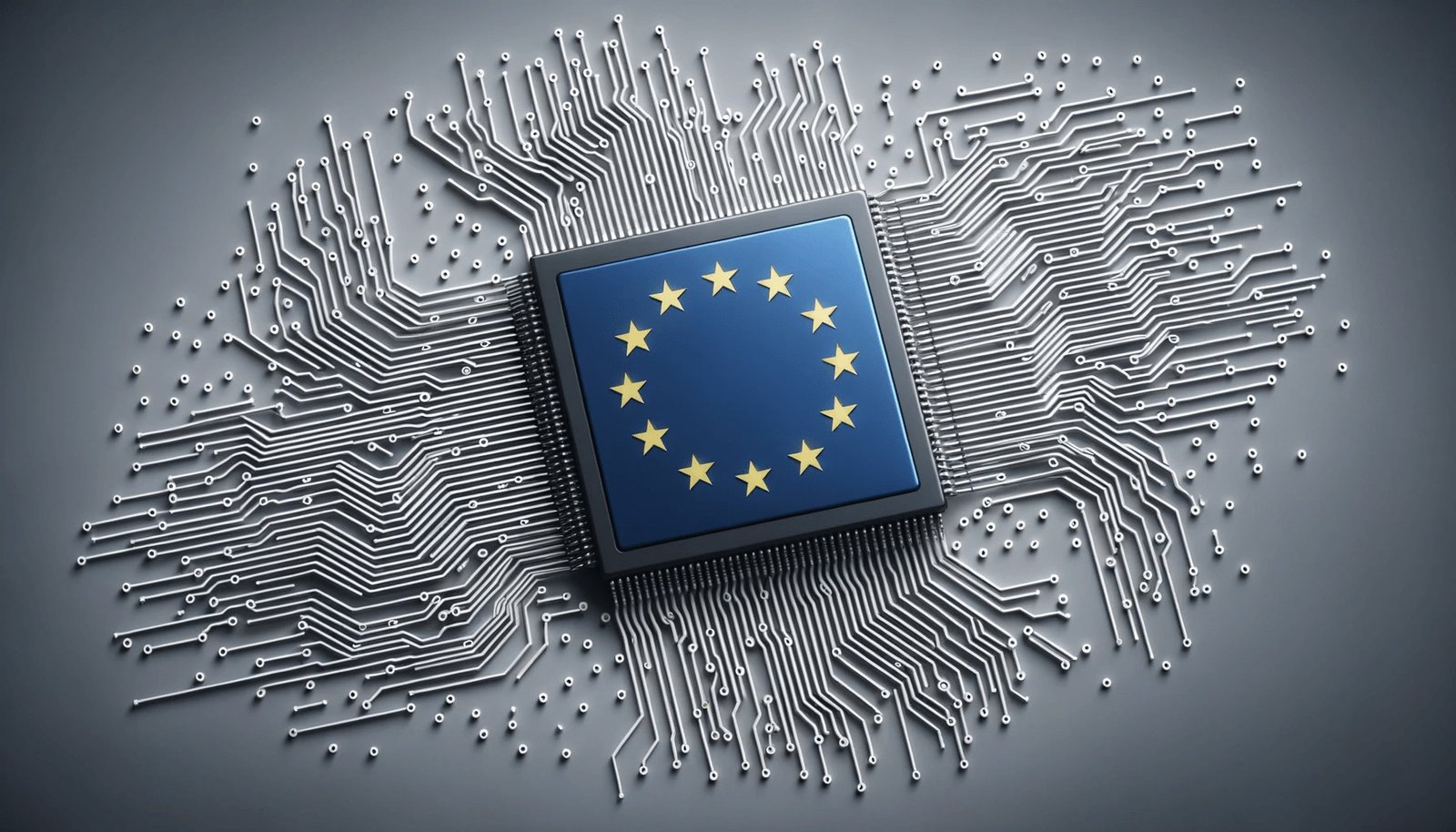Left unchallenged, Europe’s myopic view of AI investment will be made in the health of half its population. While women’s health innovation — the very definition of important infrastructure — is left to scrounge for crumbs. With venture capital pouring at an increasingly unbalanced rate into AI and not much else, it’s a risky place to devote focus, seriously.
In 2021, global femtech investment reached an eye-popping €1.89bn before it crashed off a cliff in 2022 to just €1.1bn, as the tech-wanker funding apocalypse and ‘flee you fools’ race towards AI took seed. A lot of things went into that decline — broader market conditions, declining investor risk appetite, and the natural maturation of a sector. But the fact that an increase in AI funding was met with a decrease in femtech investment points to deep problems with how money gets doled out.
European Femtech drew only €164mn of funding from €8.3bn in healthtech in 2023. On the other side of the Atlantic, meanwhile, US femtech startups have raised €4.5bn since 2019. If Europe doesn’t step up now, the AI boom may well exacerbate what is already a major health crisis — and we might be left behind in an industry where we were once global leaders.
Today, 44% of European femtech startups have yet to raise a penny, despite predictions that the European femtech market will be worth €30bn by 2032. The disparity between opportunity and investment is stunning.
This is a trend that occurs all over the ecosystem. “Investors are missing out on very talented founders that have proven solutions for endometriosis, menopause, fertility, and maternal health,” she said. These are companies with huge markets and high returns —and we’ll have a hard time competing for attention versus the latest, shiniest general-purpose AI startup that lands on investors’ desks.
The irony is that even while A.I. startups by and large capture investor interest by promising to predict future health issues, femtech founders — who’ve often already diagnosed current crises and built working solutions — are still fighting like hell for basic funding.
This is not to say it’s a question of anti-AI — many of us femtech companies are developing really valuable AI applications in women’s health. But investors’ tunnel vision around general-purpose AI platforms has left specialized healthcare solutions fighting for scraps.
There’s a human price to pay here, as well. The problem is that capital and talent are bypassing femtech, which lacks investment, not only a lost opportunity for investors, but it’s bad news for women. But the average woman with endometriosis waits seven years to get diagnosed. Sex Up to 70% of women with PCOS are undiagnosed around the world. Although these numbers indicate a worldwide crisis. It’s not just local women who need European femtech solutions — they can scale to combat problems worldwide.
But, counterintuitively, generic AI built without healthcare specialization actually tends to compound these problems rather than solve them. Studies by UNESCO and UN Women (and others) demonstrate that AI and LLMs trained on biased data systematically perpetuate male-default medical assumptions. This can result in cases of misdiagnosis, delayed treatment, and years of unnecessary suffering.
Specifically, between 2020 and 2024 (according to PitchBook data), female-only founding teams — a large percentage of femtech founders — accounted for only 2% of global VC funding while male-only founding teams were recipients of 84%. The gap created critical holes in women’s health care infrastructure. As a woman with an all-female senior team who closed one of Europe’s biggest-ever early-stage femtech rounds this year, I can personally attest to how brutal the current fundraising process is.
Europe’s Femtech Future
In women’s health innovation, Europe has long been at the forefront with substantial public investment, innovative startups, and strong policy leadership in gender-specific healthcare. And there are other femtech pioneers in the area, such as Flo Health (UK), Clue (Germany), Natural Cycles (Sweden), and Ava (Switzerland). But this advantage is waning.
The AI bubble will keep bobbing along. Femtech, on the other hand — a term for products (plus services and software) designed to serve women and address their health needs — isn’t going anywhere. Europe’s lack of recognition of this potentially exposes the continent to being outpaced by regions that can boast diversified healthtech investments.
To begin solving the problem, we need a different framing. Understand that femtech isn’t niche — it’s 50% of the world’s population. Pitch any other market of 3.9 billion customers and see VCs stampeding. Pitch women’s health to that same investor group and watch them pull out their phones.
More concretely, investors must offset their AI investments with evidence-based health interventions. It’s not only about building socially responsible portfolios — there is an enormous, underserved market out here on the sidelines ready to be activated.
That means creating funds committed to femtech and supporting more investment teams that are run by women, who have a real sense of the problems at play. More than just checking boxes, teams led by women are simply much better at understanding femtech investment opportunities — as UNESCO points out — because they stand to understand sector problems and solutions that their male counterparts generally do not. “The research is unequivocal: in Europe, countries with active female angel investor networks have 27% higher rates of women entrepreneurs receiving early-stage funding.
Policymakers also need to reform how R&D is financed so that there is proportional investment in women’s health. But when public funding streams disproportionately toward AI research, it amounts to a statement that women’s health is a secondary consideration.
It could even be that Europe leads on both AI and femtech – they are hardly mutually exclusive. It isn’t that the aim here is to slow AI investment; it’s that it adds up, and femtech isn’t getting its fair share of capital allocation. If femtech isn’t elevated from niche to necessity, history tells us it’ll suffer the same fate as other women’s conditions: for decades, it has been “seriously neglected, underfunded and under-researched.”
Femtech is not another bubble waiting to pop — because women’s health needs don’t vanish when VCs move on to the next trend. Now is the moment when we get to decide whether women become collateral damage again in each new investment frenzy.
Should Europe continue to dismiss femtech, the price will not just be lost returns. It will be women facing yearslong waits for a simple diagnosis, dragging themselves through untreated illnesses and succumbing to problems we already know how to prevent. Even though women outlive men, we spend 25% more of our lives in poor health. It’s a cost investors can’t afford to keep ignoring.



















